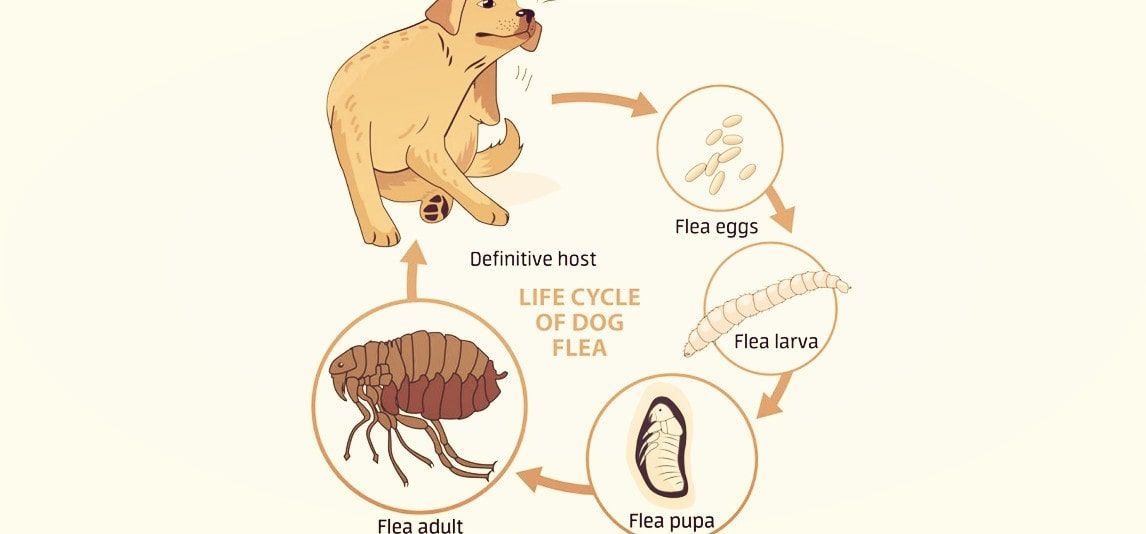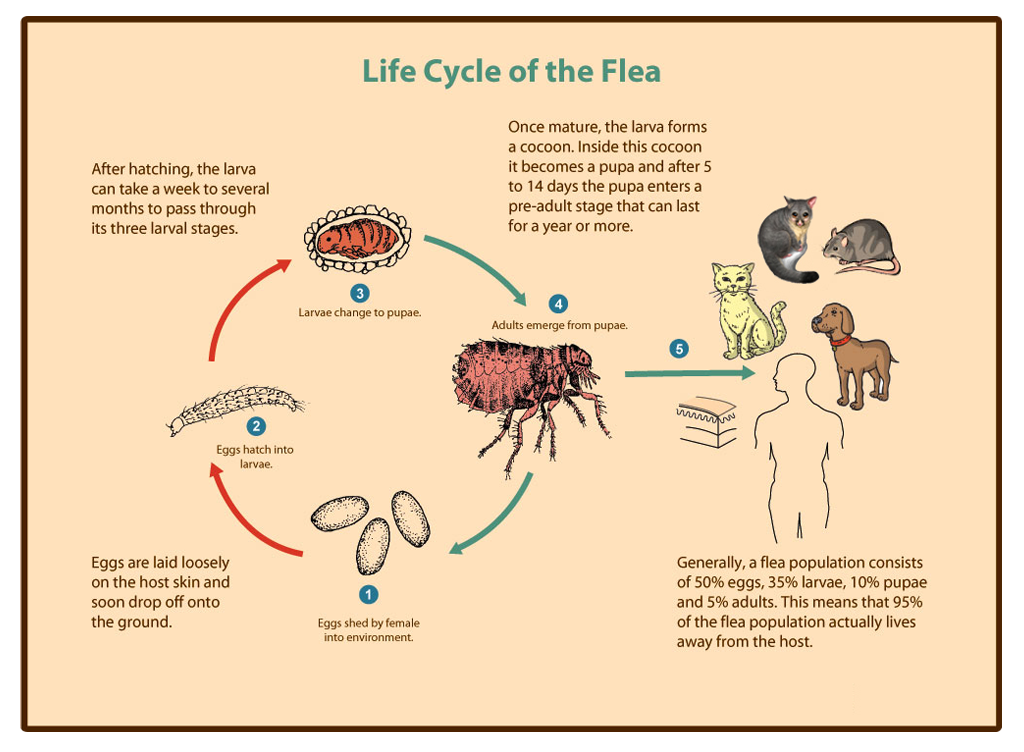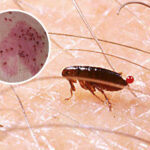Fleas are often associated with pets like dogs and cats, but what if you don’t have pets? Can fleas still live in your home without them? The answer is yes—fleas can survive and infest a home even without the presence of pets, although it’s less common. While pets provide the ideal environment for fleas to thrive, these persistent insects can still find ways to survive in a pet-free home. Here’s how it happens, and why fleas are such a challenge to get rid of, even in the absence of animals.
How Fleas Survive Without Pets
Fleas are opportunistic parasites, meaning they don’t rely solely on pets to survive. Although pets make it easier for fleas to access a steady supply of blood, fleas can still thrive in environments without animals under certain conditions. Here’s how:
- Fleas Can Live Off Wild Animals
Even if you don’t have pets, fleas can still latch onto wild animals that enter your home. Common culprits include rats, squirrels, raccoons, and other small mammals. These animals can carry fleas into your home, either through open windows, doors, or by accessing attics, basements, or crawl spaces. Fleas can then survive and reproduce in your home, even in the absence of your own pets. - Fleas Are Attracted to Humans
While fleas prefer the blood of animals, they will bite humans when necessary. In fact, flea bites on humans are a common sign that fleas are present in the home, even if no pets are around. Fleas are especially attracted to the warmth, carbon dioxide, and movement of their hosts, so if the conditions are right, they will readily bite humans and potentially establish a small population in the home. - Fleas Can Live in Your Home for Weeks Without a Host
Adult fleas can survive for several days to a week without feeding. They will typically hide in carpets, furniture, or bedding while waiting for a host to come along. If a host (such as a wild animal or human) enters the home, fleas can immediately latch on and begin feeding again. During this period, fleas can continue to lay eggs and reproduce, allowing an infestation to grow even in the absence of pets. - The Flea Life Cycle and Environment
Fleas can breed in carpets, rugs, bedding, and upholstery, where they lay eggs that can survive without a host. Flea eggs can fall into cracks and crevices, where they hatch into larvae and eventually pupate. Flea pupae are incredibly resilient, and they can remain dormant for weeks or months, waiting for vibrations, warmth, or the presence of a host to trigger their emergence as adult fleas. This is why even if you don’t have pets, fleas can still hatch and thrive in your home. The fleas may go unnoticed until they are triggered by a new host.
Signs of Fleas Without Pets
If you don’t have pets but suspect a flea problem, there are several signs to look for:
- Flea Bites on Humans: Fleas tend to bite humans around the ankles, legs, or feet. If you’re noticing itchy, red, raised bumps that appear in clusters or lines, it could be a sign that fleas are living in your home.
- Flea Dirt: Flea dirt, which is the feces of adult fleas, often looks like small black specks, and you might find it on your furniture, bedding, or carpets. It is usually found in areas where fleas are active.
- Visible Fleas: While adult fleas are harder to spot than other pests, they are visible to the naked eye. Fleas are small, reddish-brown, and agile, making them easy to miss. However, if you inspect your bedding, upholstery, or carpets, you might see them jumping around.
- Restlessness or Agitation: If you notice that your family members (or yourself) are unusually itchy or restless, it could be due to flea bites. Some people may develop allergic reactions to flea saliva, which could make them even more sensitive to the bites.
Can Fleas Be Completely Eliminated Without Pets?
While fleas are more likely to thrive in a home with pets, it is still possible to have a flea infestation without them. The key to getting rid of fleas in a pet-free home is to break the life cycle and target all stages of the flea, not just the adults. Here are the steps you can take to eliminate fleas:
- Thorough Cleaning: Fleas, their eggs, larvae, and pupae, are often hidden deep in carpets, upholstery, bedding, and cracks in the floor. Vacuuming regularly, especially in areas where you notice flea activity, can help eliminate fleas at all stages of their life cycle. Be sure to dispose of the vacuum bag or empty the canister immediately after use.
- Treat the Environment: Even if you don’t have pets, you’ll still need to treat your home with flea-killing products. This includes using flea sprays or foggers that are designed to target adult fleas, larvae, and eggs. Make sure to follow the instructions carefully to ensure safe and effective treatment.
- Inspect for Wild Animals: If you suspect that fleas have entered your home from wild animals, you may need to take steps to prevent further access. This could include sealing cracks and openings in your home’s structure, especially in areas where animals may gain entry, such as attics, basements, and crawl spaces.
- Professional Help: If the flea infestation is severe, it may be best to call in a pest control professional. They have access to more powerful treatments and can inspect your home for signs of wild animals that may be contributing to the problem.

Conclusion
While fleas are more commonly associated with pets, they can indeed live and infest your home without the presence of animals. Wild animals, human hosts, and the resilience of the flea life cycle allow these pests to thrive in a pet-free environment. The key to controlling fleas is to act quickly, thoroughly clean your home, and treat the environment to break the flea life cycle. By being vigilant and proactive, you can eliminate fleas from your home, even if you don’t have pets.



